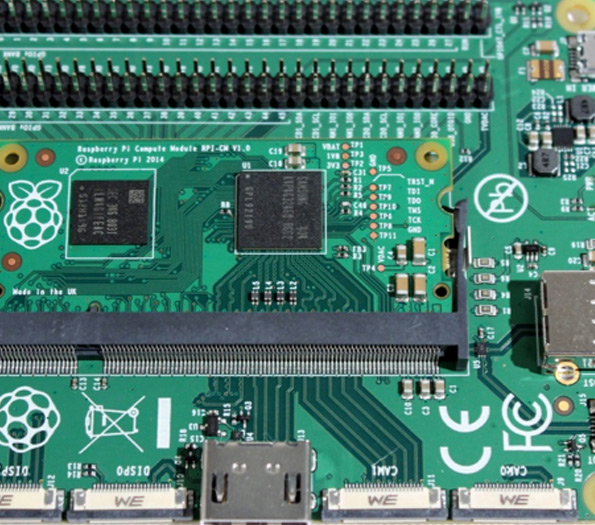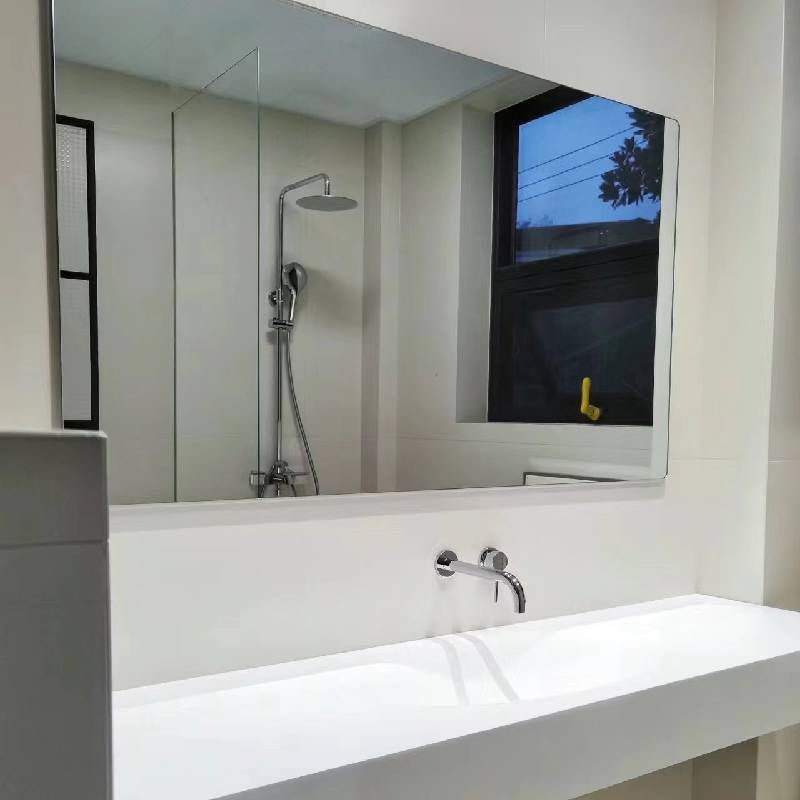Low-E glass, also known as low-emissivity glass, has become a pivotal component in modern architecture and construction due to its energy-saving properties and environmental benefits. Drawing from both extensive experience and a well-founded understanding of its characteristics, this article delves into the remarkable qualities that make low-E glass an exceptional choice for consumers and professionals alike.

Low-E glass offers an unparalleled combination of insulation and clarity, transforming residential and commercial spaces while maximizing energy efficiency. The incorporation of a microscopically thin, precious metal or metal oxide coating applied to a window surface allows for superior control over heat transfer. This specialized coating diminishes the U-factor or heat flow, aiding in maintaining a consistent indoor temperature, irrespective of external conditions. Users find their reliance on artificial heating and cooling systems significantly reduced, subsequently decreasing utility bills and promoting sustainable energy use.
The importance of utilizing expert knowledge when selecting low-E glass cannot be overstated. With multiple variations such as hard-coat (pyrolytic) and soft-coat (sputter), each provides distinct benefits appropriate for different climatic and situational needs. Hard-coat low-E glass consolidates durability and performance, suitable for colder climates where maintaining heat within is crucial. Soft-coat options, however, offer enhanced solar control and better UV protection, widely recommended for regions with higher sun exposure. An expert’s insight ensures that the correct type of low-E glass is selected to maximize its potential benefits.

Low-E glass’s effectiveness extends beyond thermal efficiency; it plays an instrumental role in improving indoor comfort without sacrificing natural light. While traditional glass can lead to excessive glare and heat gain, low-E glass carefully moderates sunlight penetration, safeguarding interior furnishings from harmful UV rays that cause fading. The user experiences increased comfort with improved light quality and cooler indoor environments, enhancing the overall feel of the space.
Furthermore, low-E glass has been evaluated extensively in scientific research and empirical studies, establishing its authority as a pivotal technology in energy conservation. Recognized by various building codes and energy efficiency standards globally, it holds a commendable reputation for reducing carbon footprints. Users and developers alike trust low-E glass not only for its performance but also for its significant contribution to green building initiatives and LEED certifications.
low e glass
Trustworthiness in low-E glass is fortified through certifications and standards accredited by respected organizations, providing assurance on product reliability. Labels such as Energy Star and NFRC ratings guide consumers in making informed decisions, emphasizing transparency and product integrity. Those seeking to integrate low-E glass into their projects are encouraged to look for these certifications to guarantee they meet the desired performance criteria.
Another appealing aspect stems from advancements in manufacturing, offering customizable options without compromising on low-E glass’s efficacy. Today’s consumers value choices that align with both aesthetic preferences and functional requirements. Custom-tinted versions and varied framings allow designers and architects to seamlessly incorporate low-E glass into any stylistic framework, ensuring harmony between beauty and practicality.
Beyond initial installation, low-E glass is relatively easy to maintain, contributing to its appeal for long-term applications. Routine cleaning with gentle, non-abrasive materials keeps its surface pristine and prolongs its lifespan, confirming its cost-effectiveness over extended periods. This reliability, coupled with its consistent performance, reinforces confidence among users and industry experts.
In conclusion, low-E glass stands as a testament to innovative yet practical solutions within the construction and design sector, bridging energy efficiency with user comfort. Combining expert adoption guidelines, authoritative endorsements, and trustworthy performance metrics, low-E glass remains unmatched in its ability to transform spaces into functional yet sustainably responsible environments. Whether for residential architecture or expansive commercial projects, low-E glass is undeniably a pinnacle of modern building materials, meeting the demands of today’s conscientious energy consumers.



